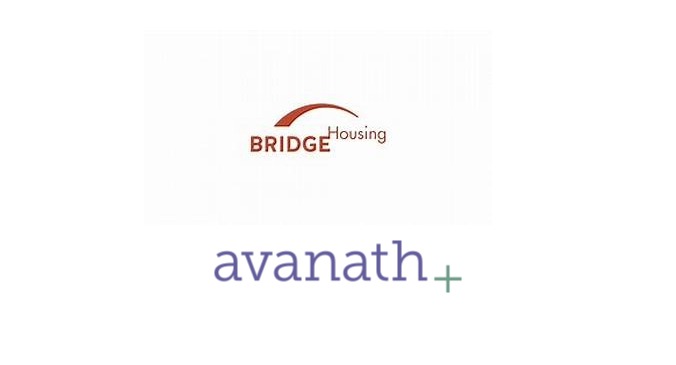Yardi Matrix released its February report on the multifamily housing market. The report describes a market with healthy year-over-year rent growth and solid occupancy numbers.
Keeping the streak alive
Yardi Matrix reported that the average rent nationwide was $1,426 in February 2019, up slightly from the January figure which was itself revised upward. Compared to February 2018, rents were up 3.6 percent. This follows the pattern of accelerating rent growth which has been seen since late 2017.
For reference, the Bureau of Labor Statistics (BLS) reported that the all-items urban consumer price index (CPI) in February was up 1.5 percent on a year-over-year basis. The shelter portion of the CPI was up 3.4 percent in the last 12 months. While the shelter measure includes both rental and purchased properties, it is in line with the Yardi Matrix estimate and suggests that the price increases being seen by renters are being shared by home purchasers. The BLS reported that wages and salaries of civilian workers were up 3.1 percent in the year to December 2018.
Your market may differ
The Yardi Matrix report focuses on the 30 largest metro areas and ranks them both by average rent growth over the last 12 months and also by rent growth in two sub-classes of apartments. These are the “renter by necessity” (RBN) class and the “lifestyle” (renter by choice) class.
The report identifies markets with the highest average annual rent growth as Phoenix (8.0 percent), Las Vegas (7.9 percent), Sacramento (5.1 percent), Atlanta (5.1 percent) and Inland Empire (5.0 percent).
The markets with the lowest average annual rent growth were Houston (0.7 percent), Kansas City (1.2 percent), Portland (1.9 percent), Miami (2.1 percent) and Orange County (2.3 percent).
The recent trend in the workforce housing (RBN) portion of the multifamily housing market exhibiting higher occupancy and rent growth than the lifestyle portion of the market was in evidence again in February. Rents in the RBN portion of the market went up by 4.1 percent, easily outpacing the 2.9 percent increase seen in the lifestyle product class. While overall occupancy has fallen off from last summer, occupancy of RBN units continues to exceed that of lifestyle units by about 0.7 percentage points.
The report contains charts of the rate of rent increases for the last 4 years for 18 of the 30 top markets. Most of the charts show the pick up in rent growth since 2017. An exception to this is the very hot market of Sacramento, which is still cooling off. Orange County and Seattle also have downward trends in their rates of rent growth while the San Diego and Dallas markets are relatively flat.
Other points to consider
The report spent some time discussing the increased rate of home ownership in general and the increased rate of home ownership for Millennials in particular. The preference of the Millennial generation for living in the urban core has been a major driver for absorption of all of the new product being built in that area. If they decide to flee for a home in the suburbs, it could affect the performance of that product. The report did not predict that this would happen, it just raised it as a trend to watch for.
The complete report discusses the multifamily housing market in some of the smaller cities. It also has more information about the larger markets including numbers on job growth, completions of new units and occupancy rates. It can be found here.
















